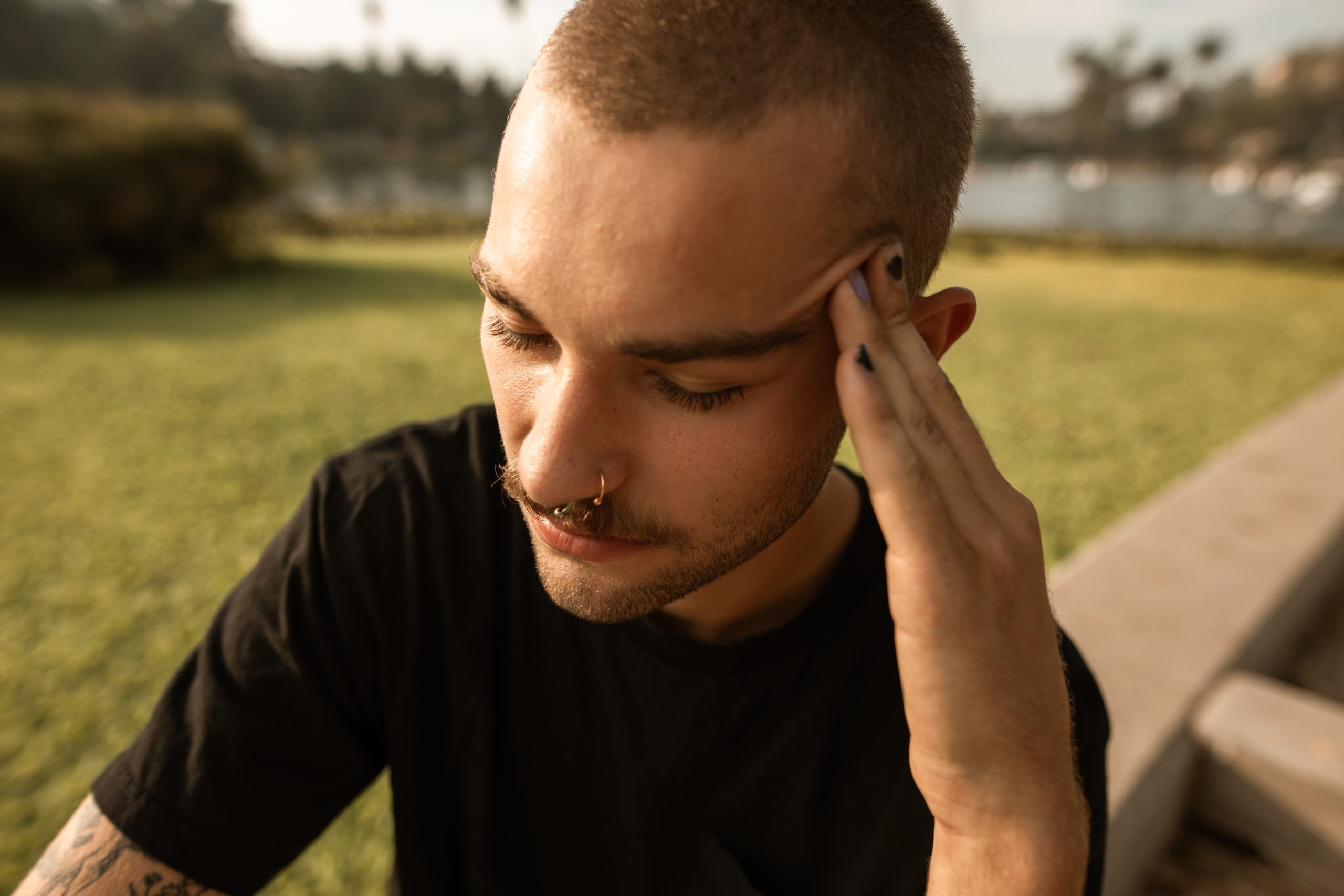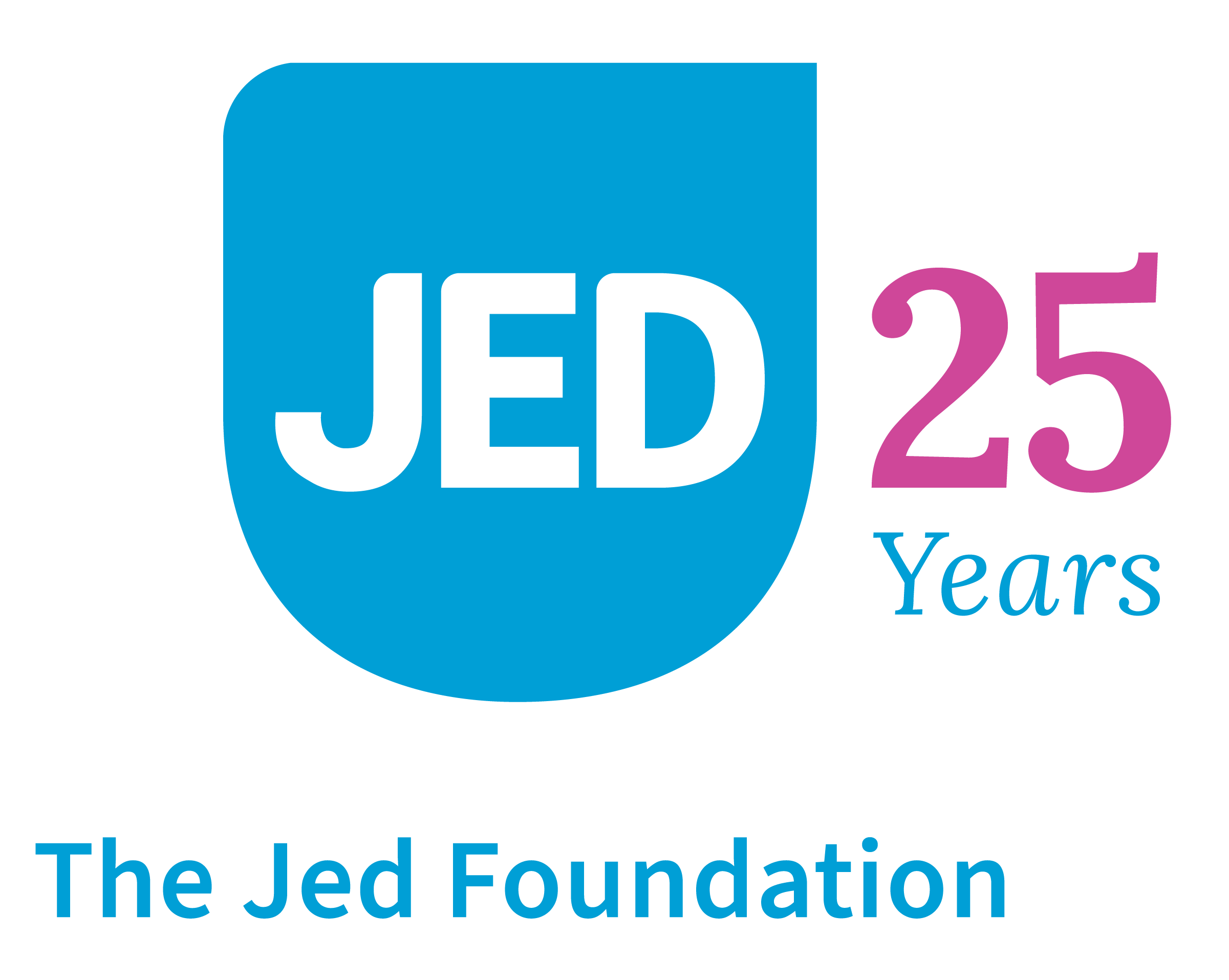Understanding Depression and Depressive Disorders

All of us feel sad sometimes. Maybe we didn’t do well on a test at school or we got into a fight with a friend. Reactions to sadness can really vary. Some people let themselves sink into their feelings and may cope by crying, spending some time alone, or maybe finding something fun to distract themselves from negative thoughts. Other people react to feeling sad by getting angry, irritable, or wanting to avoid or control things as a way to manage the feelings they can’t control. When feelings of sadness are caused by an event or situation, it is common to feel better within a few days. Sometimes, though, feelings of sadness do not go away and may get worse.
While some people may casually use the term “depressed” when they are sad, there is a difference between sadness and depression. Someone with depression may feel sad, guilty, or hopeless, but not really understand why—and the feeling can linger for weeks or even months. If you are struggling with constant sadness or hopelessness, it’s important to understand what depression is, what causes it, and what you can do to manage it.
What is Depression?
Depression is a mood disorder that affects how a person feels and can disrupt how they function in daily life. Major depressive disorder—which is the clinical name for what we typically think of as depression—is characterized by feeling sad or uninterested in activities that you usually enjoy for two weeks or more.
Signs and Symptoms of Depression
While we usually think of depression as feeling sad or “down” for a long period of time, the symptoms of depression can vary. Symptoms include:
- Constantly feeling sad, empty, or hopeless
- Changes in appetite that are unrelated to diet goals, such as eating too little or too much
- Changes in sleeping patterns that can range from insomnia to sleeping too much
- Feeling fatigue or a lack of energy
- Losing interest or losing pleasure in your usual hobbies
- Feeling restless, irritable or frustrated, even over small issues
- Having trouble concentrating or remembering things
- Feeling guilty, worthless, or like you are “not enough”
- Frequently having thoughts of death or suicide. These can range from expressing thoughts like, “I wish I were dead,” to making plans about how you would end your life.
Depression can also have physical symptoms, like unexplained frequent headaches, stomach aches, or back aches. There are many medical issues with symptoms that are similar to the symptoms of depression, including chronic pain, migraines, and thyroid disorders. If you are experiencing these symptoms for an extended period of time with no relief, consulting a physician can help you determine whether you are experiencing a physical or mental health issue.
If you are experiencing any of these symptoms and don’t know how to get started treating them, you can text START to 741741 or call 988 for a free and confidential conversation at any time.
Risk Factors for Depression
Depression is caused by a combination of factors, including but not limited to::
- Biology: How our brains produce and absorb chemicals like serotonin and dopamine can have effects on our mood and how well we can regulate our emotions.
- Genetics: Depression may have genetic links. People who have parents or siblings with symptoms of depression are at higher risk for depression.
- Perceived social isolation and family rejection: People who experience rejection or isolation from friends, family, and wider communities are at a higher risk for depression. For example, LGBTQ youth are more likely to experience social and familial rejection, and are at increased risk of harassment and violence as they grow up. This added stress can have negative outcomes regarding physical, mental, and emotional health. It is important to note, though, that it can sometimes be hard to tell when we already feel depressed if someone is intending to reject us or we feel rejected even if that is not their intention.
- Childhood trauma: Children who grow up in unstable environments or experience traumatic events early in life—such as experiencing or witnessing abuse, living with someone with a substance use disorder, or having divorced parents—are more likely to experience mental health issues, including depression.
Who Experiences Depression?
If you’ve experienced depression, you’re not alone: research shows that teens and young adults are the most likely age group to report having major depressive episodes—and of those with depression, nearly 75 percent of them experienced symptoms severe enough to interfere with their day-to-day routines. Among teens and young adults, there are certain groups who are more likely to struggle with depression.
- Girls and young women are more likely to report that they struggle with depression than boys and young men.
- Teens who identify as Native American or Native Alaskan, as well as teens who identify as being more than one race, report experiencing more depressive episodes than their peers of other races.
- Teens who identify as gay, lesbian, and bisexual are more likely to experience ongoing sadness or hopelessness than their straight peers.
- Transgender youth are more likely to report symptoms of depression, and are more likely to have suicidal thoughts or attempt suicide than their cisgender peers.
How to Recognize the Difference Between Mild, Moderate, and Severe Clinical Depression
Not all cases of depression are the same. Those of us who have depression may experience various symptoms at different levels of intensity for different lengths of time. Depending on the severity of the symptoms, and how long they last, depression can be categorized into mild, moderate, and severe.
Mild Depression
Someone experiencing mild depression may have one or a few of the symptoms listed above for a matter of days or weeks, and at a level that’s noticeable but not enough to interfere with their daily life. Though the subtle nature of the symptoms may make mild depression difficult to detect, mild depression can be easy to treat because it can often be managed through lifestyle changes like diet, exercise, meditation, and staying active with hobbies.
Moderate Depression
Someone experiencing moderate depression may feel more symptoms than mild depression, and with more severity. Some symptoms may be serious enough to interfere with their everyday life, and may have an impact on their relationships. Moderate depression can be properly treated with professional help in addition to lifestyle changes.
Severe depression
Someone experiencing severe depression may experience many very serious symptoms, often for six months or more. This level of severity can cause major disruptions in school, work, and relationships—which can in turn make some symptoms worse and lead to issues with self-worth. People who are severely depressed are the most likely to have thoughts of self-injury or suicide. Treating severe depression requires professional help from a therapist or psychiatrist.
When to Get Help for Depression
Depression is treatable and symptoms can improve with therapy, lifestyle changes, and in some cases medications. If you have been struggling with the symptoms of depression—especially if they are disrupting your regular habits around sleeping or eating—it’s a good idea to reach out to a physician or mental health professional for support in figuring out what kind of treatment is right for you. While it may feel overwhelming, it’s important to seek professional help to manage depression. If left untreated, depression can get worse, and mild cases of depression can become more severe over time.
If you think a friend may be struggling with depression, talk with them about what you’ve noticed, and remember not to blame them for what they are experiencing. Blame will only increase their negative feelings and worsen their symptoms. Instead, encourage them to seek professional help.
If you or someone you know is having suicidal thoughts or thinking about attempting suicide, reach out for support immediately. You can text START to 741741 or call 988 to chat with a trained counselor anytime. If you believe you are in immediate danger, call 9-1-1.






